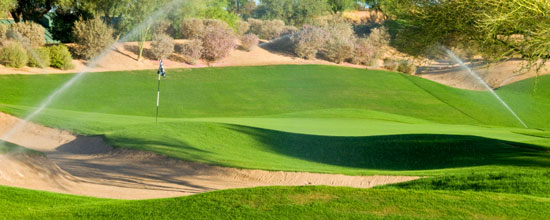For anyone interested this is a wonderful source of information to anyone interested in the conservation of native pollinators. Whether it is a tool to help develop a conservation program at your golf course or a book to educate "small ones" on the value of native pollinators, this is the book to have. My friend Matthew Shepherd and a Xerces Society staff member was integral in the development of this book. He has worked tirelessly over the past few years to complete this project. Big congratulations to Mathew and the Xerces Society for a job well done. The book also features one of my photographs on page 193 and one from Dan Dinelli, CGCS and 2009 Presidents Award winner from North Shore Country Club in Glenview, Ill on page 196. The book is available from the Xerces website or on Amazon. It is a must for your collection.
 Announcing the Publication of Attracting Native Pollinators
Announcing the Publication of Attracting Native Pollinators
We are excited to announce that our new book,
Attracting Native Pollinators: Protecting North America’s Bees and Butterflies, is available. The book is published by Storey Publishing, North Adams, Massachusetts.
Attracting Native Pollinators is coauthored by four Xerces Society staff members Eric Mader, Matthew Shepherd, Mace Vaughan, and Scott Black in collaboration with Gretchen LeBuhn, a San Francisco State University botanist and director of the
Great Sunflower Project.
Since Xerces published the groundbreaking
Pollinator Conservation Handbook in 2003 conservation practices have evolved, and that book has begun to show its age. At 380 pages,
Attracting Native Pollinators provides dramatically expanded breadth and detail, reflecting the latest understanding about creating and managing pollinator habitat. Illustrated with hundreds of color photographs and dozens of specially created illustrations,
Attracting Native Pollinators is divided into four sections:
- Pollinators and Pollination explains the value of pollinators, and includes informative chapters on the natural history and habitat needs of bees, butterflies, flies, beetles, and wasps.
- Taking Action provides comprehensive information on ways to help pollinators and on creating nest sites and safe foraging areas. It includes guidance on conserving pollinators in all kinds of landscapes: gardens, natural areas, farms, recreation land, even ecoroofs.
- Bees of North America provides help with identifying the more abundant and important bee species, and supplies detailed profiles of more than thirty commonly encountered genera.
- Creating a Pollinator-Friendly Landscape shows how various kinds of land, including urban gardens, suburban parks, and farms, can be enhanced to support diverse pollinator populations. Sample planting designs and fifty pages of illustrated plant lists facilitate selection of the best plants for any region.
“
Attracting Native Pollinators belongs on the bookshelf of everyone who values the future of the natural world.”
- Douglas W. Tallamy, author of
Bringing Nature Home.
“Precise, elegant, and thoughtful, the recommendations offered by the Xerces Society will become essential to advancing a healthy and diverse food-production system.”
- Gary Paul Nabhan, author of
The Forgotten Pollinators and
Renewing America’s Food Tradition.













